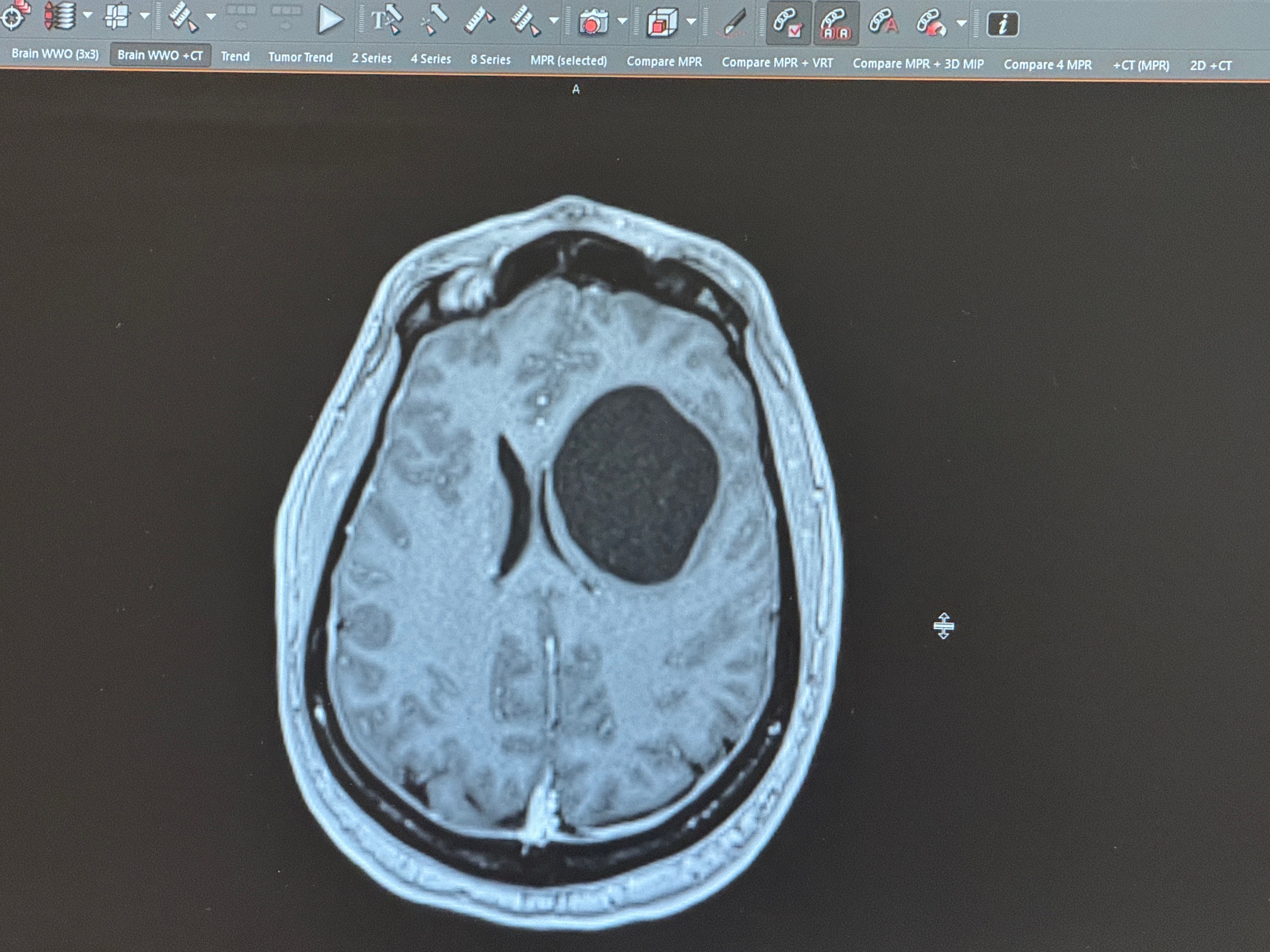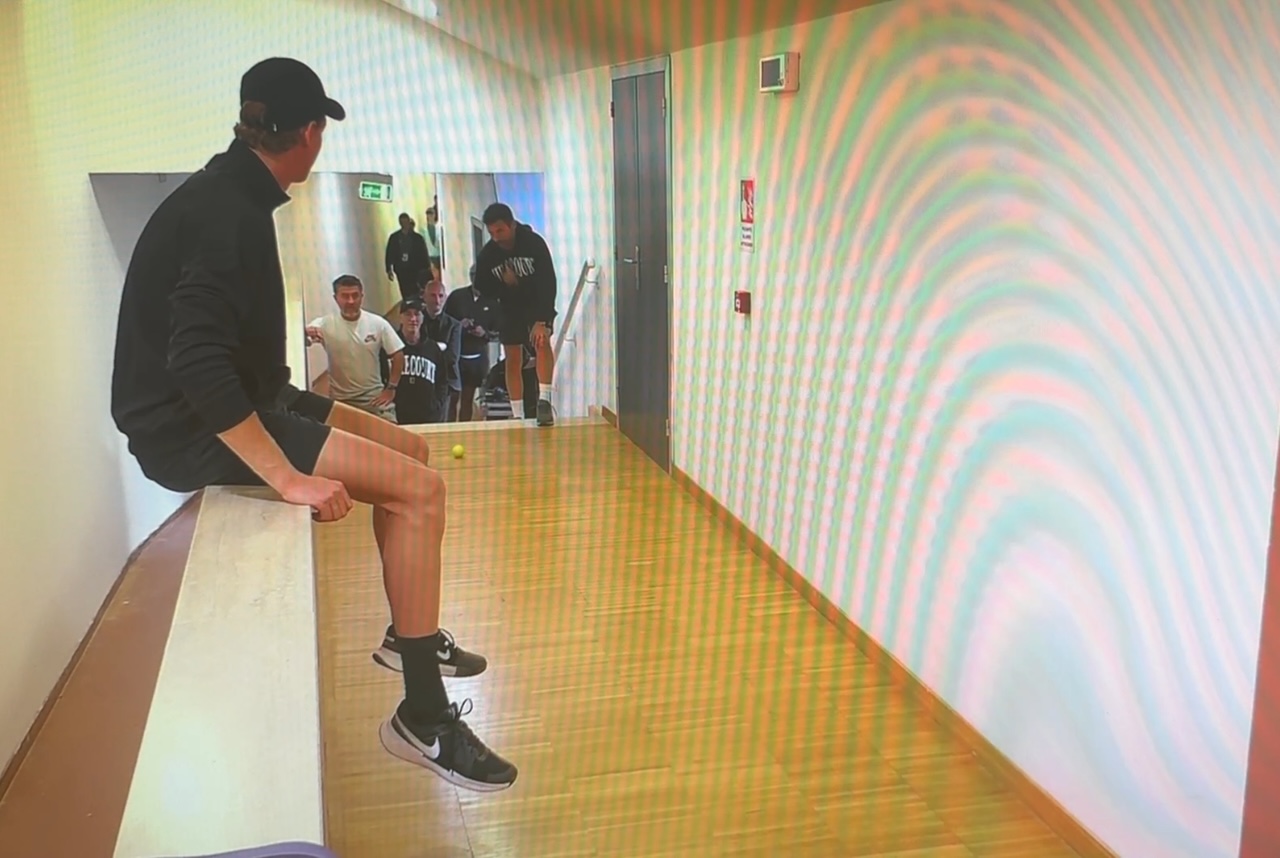Lately, I have been thinking a lot about what my life will be like after I retire from my day job. With that major life change on the horizon, I am increasingly interested in advice about navigating the next phase of life. Not surprisingly, my social media and news feeds have figured out that retirement articles will likely garner my clicks. Consequently, I am consuming a lot of information designed to inspire and guide me for the day when I eventually take that step.
A recurring theme in the guidance I’ve encountered is that the happiest retirees are the ones who have something meaningful to look forward to. Retirement can include things like travel, creative pursuits, volunteer work, or spending more time with loved ones. Sometimes that is framed as a sense of purpose, but I think that obscures the real potential. I have recently come to believe that the true power lies in the sense of anticipation. Having something exciting in the future creates positive energy.
In The Happiness Project, Gretchen Rubin created a mental model for the four stages of happiness, similar to Dr. Elisabeth Kubler-Ross’s five stages of grief. To maximize happiness from an experience, we must anticipate it, savor it as it unfolds, express happiness, and later recall it as a happy memory. While all four factors are important, anticipation creates the foundation on which the other three stages of happiness are built. To anticipate happiness, it is essential to have something to look forward to.
Fortunately, it is fairly easy to create future fun experiences around tennis, as the opportunities are almost endless. Scheduling a tennis-themed vacation to watch a professional tournament is a great way to arrange something exciting. The same can be said for planning a vacation to a resort dedicated to tennis or one with good courts and professional coaches. Making arrangements to join a new drill group or starting a series of lessons to increase mastery in the sport can also support that critical sense of anticipation.
For adults, tournament tennis is an excellent way to put a fun tennis experience on the calendar. Every year, when Wimbledon inspires recreational players to express a desire to someday play on grass, my annual “Wanna Try Grass?” post identifies how that is possible for most Adult players willing to enter and travel to one of the USTA National Grass Court Championships. Framing out tournament play as a part of a larger destination vacation doubles the experience. For example, the National Husband-Wife Grass Court Championships are hosted at Mission Hills in parallel to the BNP Paribas nearby at Indian Wells. If that isn’t a dream vacation to look forward to, I don’t know what is.
Another source of inspiration and anticipation can be found by watching the older age divisions compete in Senior tennis tournaments. Seeing players in their 70s, 80s, and even 90s still out on the court giving it their all is impressive and deeply motivating. There’s something incredibly powerful about witnessing that level of commitment and passion for the game, especially when it’s paired with camaraderie and good sportsmanship. It never fails to give me the thought that I need to do everything in my power now to ensure I am still upright and able to compete in tennis when I reach those age divisions. That plants the seeds of anticipation of a joyous, long-term journey in the sport.
Happiness and motivation aren’t just about achieving goals, but rather creating something to look forward to. Tennis offers a perfect framework for building anticipatory joy for the future. The sport provides opportunities for challenge, connection, travel, and growth, and keeps people active and engaged. Whether it’s a tournament on the calendar, a new skill to master, or simply the dream of one day playing in the 90s division, these moments give shape and meaning to the journey ahead. And that, I believe, is the true heart of living with joy and purpose.
Fiend At Court participates in the Amazon Associates program and receives a paid commission on any purchases made via the links in this article. Details on the disposition of proceeds are available on the “About Fiend at Court” page.
Throughout 2025, I am dedicating the first full weekend of every month to exploring how ideas from Gretchen Rubin’s The Happiness Project (<- Sponsored Link) can spark greater enjoyment and happiness in tennis. This is a non-tennis book that I have come to believe everyone should read. Seriously, you should get your hands on a copy of this book and consider trying some of the techniques described by the author.




